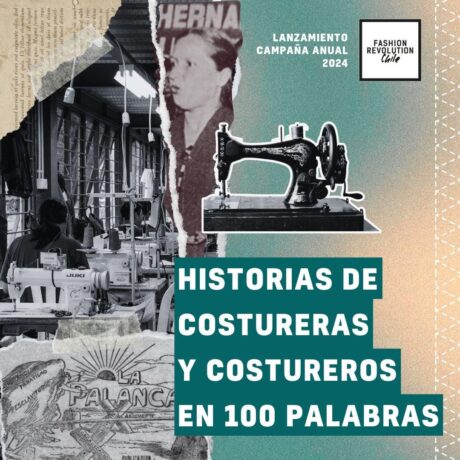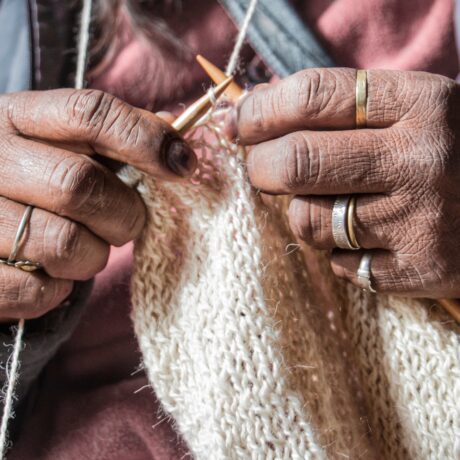Quality, Transparency, Sustainability
The distance between fashion brands and their production lines is growing. Traceability was once the norm in fashion – as a natural result of closely managed production – but today most brands maintain almost no physical presence in the facilities where their goods are produced. From its origins, fashion embodied the stories of the people who made the garments, nowdays, decisions are made far away from the weaving facility, dyeing process or the cut and sew. As a result of the growing disconnect between consumers, fashion brands and manufacturers, it’s no wonder that our industry plays host to so many human rights violations and is the world’s 2nd largest polluter.
Constant Simplicity was born out of a desire to change all of this. After more than a decade working in fashion, from fast fashion stores, to luxury merchandising and buying in London and Milan, to managing production lines in Asia, I came to keenly understand that the industry I love so much simply cannot continue to operate this way. Moreover, I felt compelled to be part of the change.
The first step we took when preparing to launch Constant Simplicity was recognizing that to be truly informed, and thus transparent, we needed to build our supply chains from seed to stitch. To ensure as little impact as possible, we use a tool called Life Cycle Analysis that allows us to measure each stage of the process. When vetting potential partners and vendors, we ask an ever-growing list of questions regarding: usage of energy, chemicals, and water recycling; and quality of life questions about things like salaries, training, and job rotation programs. Needless to say this process makes it harder to find suppliers, but in the process we gain traceability, accountability, and transparency. This process was directly responsible for our ability to reach 400 gallons of water savings per garment in our first collection.

Once we’ve partnered with a supplier, we make it our business to know the people working in all the facilities we use. Only by maintaining a regular presence can we successfully change the way things are done. This allows us to develop a stronger bond with our partners and work with them both on smaller shorter-term goals and larger long-term ambitions, such as making better products with a lower eco footprint or recycling water and chemicals while building towards transferring over to renewable energy sources. But the biggest advantage is in our collective ability to make immediate change, such as reducing fabric usage with better cutting processes or repurposing scrap fabric into bags that both reduce waste and better protect the products.
Our concern with transparency and accountability doesn’t end with the product and it’s eco-footprint. We’re also deeply concerned about the quality of life measures for the people who make our collections. It’s easy to think about the effect of our consumption on our own bank accounts, but what about the impact of the things we buy on the salaries of others? We believe every customer should have access to real data on worker salaries across our supply chain, know the locations of each facility, and learn about the people who made the collection. Only by informing ourselves can we start the discussion on what ethical fashion really means.
Sharing the magic behind the making of our collections is one of our reasons for being. Knowing what our products are made of, where they’re made, how they’re made, and by whom allows us to work towards a better, more sustainable product and quality of life improvements for all involved.
Find out more at http://www.constantsimplicity.com/














